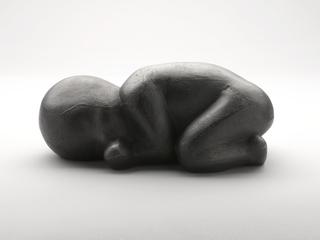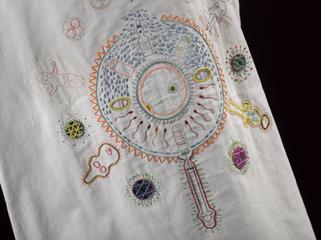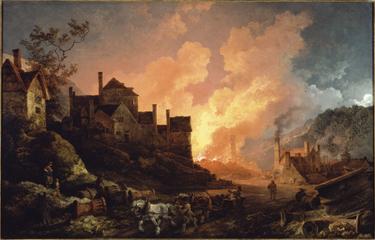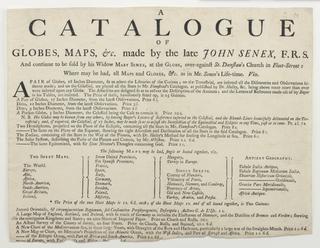
The Munition Girls
- artist:
- Stanhope Alexander Forbes




Painting, [The Munition Girls] / by Stanhope Alexander Forbes, 1918. Oil on canvas; 40x 50" or 103x127cm, in decorative gilt frame 132x152x8.5cm. Signed and dated bottom left. Female operatives making 4.5-inch shells at the Kilnhurst Steel Works of John Baker and Co. Ltd., Rotherham; steel billets are re-heated in a separate furnace and, still glowing, moved by hand to a steam hydraulic press for forging. Mr. George Baker commissioned this scene "to produce a memento for our women workers", and each of them received a framed copy of it.
Commissioned by John Baker & Co, this famous oil painting, entitled ‘The Munition Girls’, shows women working at Kilnhurst Steelworks during the First World War. The artist was Alexander Stanhope Forbes (1857-1947).
Like many other steelworks during the war, John Baker & Co’s Kilnhurst site was converted to make shells and ammunition. As men volunteered or were conscripted to fight in the British Army, women became the main work force in industry and farming.
Munitions workers could often be picked out in a crowd because of the distinctive yellow colouring of their hair and skin caused by the trinitrotoluene - better known as TNT - used in production. They were nicknamed ‘canaries’.
Details
- Category:
- Art
- Object Number:
- 1983-1433
- Materials:
- oil paint on canvas and gilt
- Measurements:
-
frame: 1320 mm x 1520 mm x 85 mm,
image: 1030 mm x 1270 mm
- type:
- oil painting
- copyright:
- Forbes, Stanhope Alexander
- credit:
- Purchased with the support of the National Heritage Memorial Fund




